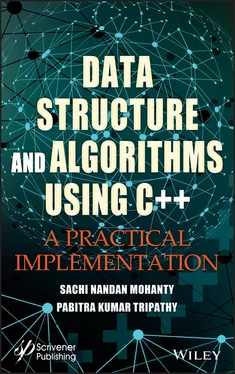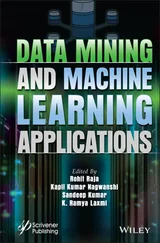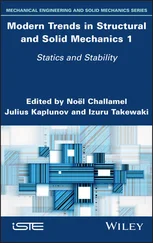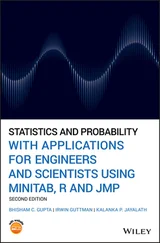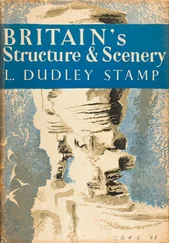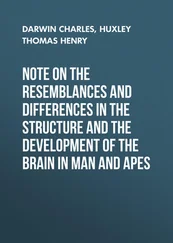Deletion
Merging
Sorting
Searching
The step by step procedure to solve a problem is known as the ALGORITHM.An algorithm is a well-organized, pre-arranged, and defined computational module that receives some values or set of values as input and provides a single or set of values as out put. These well-defined computational steps are arranged in sequence, which processes the given input into output.
An algorithm is said to be accurate and truthful only when it provides the exact wanted output.
The efficiency of an algorithm depends on the time and space complexities. The complexity of an algorithm is the function which gives the running time and/or space in terms of the input size.
Steps Required to Develop an Algorithm
Finding a method for solving a problem. Every step of an algorithm should be defined in a precise and in a clear manner. Pseudo code is also used to describe an algorithm.
The next step is to validate the algorithm. This step includes all the steps in our algorithm and should be done manually by giving the required input, perform the required steps including in our algorithm and should get the required amount of output in a finite amount of time.
Finally implement the algorithm in terms of programming language.
Mathematical Notations and Functions
❖ Floor and Ceiling Functions
Floor function returns the greatest integer that does not exceed the number.
Ceiling function returns the least integer that is not less than the number.
❖ Remainder FunctionTo find the remainder “mod” function is being used as
❖ To find the Integer and Absolute value of a numberINT(5.34) = 5 This statement returns the integer part of the numberINT(- 6.45) = 6 This statement returns the absolute as well as the integer portion of the number
❖ Summation SymbolTo add a series of number as a1+ a2 + a3 +............+ an the symbol Σ is used
❖ Factorial of a NumberThe product of the positive integers from 1 to n is known as the factorial of n and it is denoted as n!.
Algorithemic Notations
While writing the algorithm the comments are provided with in [ ].
The assignment should use the symbol “: =” instead of “=”
For Input use Read : variable name
For output use write : message/variable name
The control structures can also be allowed to use inside an algorithm but their way of approaching will be some what different as
Simple If
If condition, then: Statements [end of if structure]
If...else
If condition, then: Statements Else : Statements [end of if structure]
If...else ladder
If condition1, then: Statements Else If condition2, then: Statements Else If condition3, then: Statements ………………………………………… ………………………………………… ………………………………………… Else If conditionN, then: Statements Else: Statements [end of if structure]
LOOPING CONSTRUCT
Repeat for var = start_value to end_value by step_value Statements [end of loop] Repeat while condition: Statements [end of loop] Ex : repeat for I = 1 to 10 by 2 Write: i [end of loop]
OUTPUT
1 3 5 7 9
1.4 Complexity of an Algorithm
The complexity of programs can be judged by criteria such as whether it satisfies the original specification task, whether the code is readable. These factors affect the computing time and storage requirement of the program.
Space Complexity
The space complexity of a program is the amount of memory it needs to run to completion. The space needed by a program is the sum of the following components:
A fixed part that includes space for the code, space for simple variables and fixed size component variables, space for constants, etc.
A variable part that consists of the space needed by component variables whose size is dependent on the particular problem instance being solved, and the stack space used by recursive procedures.
Time Complexity
The time complexity of a program is the amount of computer time it needs to run to completion. The time complexity is of two types such as
Compilation time
Runtime
The amount of time taken by the compiler to compile an algorithm is known as compilation time. During compilation time it does not calculate for the executable statements, it calculates only the declaration statements and checks for any syntax and semantic errors.
The run time depends on the size of an algorithm. If the number of instructions in an algorithm is large, then the run time is also large, and if the number of instructions in an algorithm is small, then the time for executing the program is also small. The runtime is calculated for executable statements and not for declaration statements.
Suppose space is fixed for one algorithm then only run time will be considered for obtaining the complexity of algorithm, these are
Best case
Worst case
Average case
Best Case
Generally, most of the algorithms behave sometimes in best case. In this case, algorithm searches the element for the first time by itself.
For example: In linear search, if it finds the element for the first time by itself, then it behaves as the best case. Best case takes shortest time to execute, as it causes the algorithms to do the least amount of work.
Worst Case
In worst case, we find the element at the end or when searching of elements fails. This could involve comparing the key to each list value for a total of N comparisons.
For example in linear search suppose the element for which algorithm is searching is the last element of array or it is not available in array then algorithm behaves as worst case.
Average Case
Analyzing the average case behavior algorithm is a little bit complex than the best case and worst case. Here, we take the probability with a list of data. Average case of algorithm should be the average number of steps but since data can be at any place, so finding exact behavior of algorithm is difficult. As the volume of data increases, the average case of algorithm behaves like the worst case of algorithm.
1.5 Efficiency of an Algorithm
Efficiency of an algorithm can be determined by measuring the time, space, and amount of resources it uses for executing the program. The amount of time taken by an algorithm can be calculated by finding the number of steps the algorithm executes, while the space refers to the number of units it requires for memory storage.
The asymptotic notations are the symbols which are used to solve the different algorithms and the notations are
Big Oh Notation (O)
Little Oh Notation (o)
Omega Notation (Ω)
Theta Notation (θ)
Big Oh (O) Notation
This Notation gives the upper bound for a function to within a constant factor. We write f(n) = O(g(n)) if there are +ve constants n0 and C such that to the right of n0, the value of f(n) always lies on or below Cg(n)
Omega Notation (Ω)
This notation gives a lower bound for a function to with in a constant factor. We write f(n) = Ωg(n) if there are positive constants n0 and C such that to the right of n0 the value of f(n) always lies on or above Cg(n)
Theta Notation (θ)
This notation bounds the function to within constant factors. We say f(n) = θg(n) if there exists +ve constants n0, C1 and C2 such that to the right of n0 the value of f(n) always lies between c1g(n) and c2(g(n)) inclusive.
Читать дальше
